by Giorgio Cafiero and Victoria Shakespeare
At the incipience of plans to finalize ports in Duqm and Salalah, Oman could potentially succeed in establishing two commercial hubs that become highly important to the international economy, perhaps one day rivaling Dubai’s Jebel Ali. The growth of Duqm and Salalah as major ports would raise Oman’s profile and further empower the Sultanate in the global geopolitical order while also helping to accelerate the country’s transition to the post-oil era.
Across a range of sectors—from logistics to agriculture and fisheries to transportation—Oman’s ports will be essential to the Sultanate’s long-term development, economic development, and sustainable prosperity. Yet Duqm also has plans to distinguish itself from nearby popular hospitality and business cities such as Doha, Dubai, and Abu Dhabi by leveraging Oman’s natural geography to bolster its tourism sector. The current plan allocates over 11,500 square miles around the city for nature and wildlife reserves in an effort to attract eco-tourists.
Oman can capitalize on its other differences with its neighbors to further develop the uniqueness of these ports. Thanks to its lengthy coastline, Oman has developed over the centuries a unique maritime culture, while its natural geographic barriers—the mountains and the sea—have allowed a rich and diverse cultural heritage to survive in relative isolation.
The agenda in Salalah includes introducing an expanding roadway system, plans to build a more comprehensive dedicated liquid natural gas (LNG) jetty, and a 50 percent increase in its container shipment capacity to 7.5 million twenty-foot equivalent units (TEUs). These roadways would connect Salalah even further to its regional neighbors, thus making it one of the most easily accessible ports in the Middle East. Salalah will also feature a major station for Oman’s evolving railway, further enabling regional trade and transportation.
Foreign Stakes in Duqm and Salalah
Duqm and Salalah’s locations will make the two ports attractive to foreign investors. Chinese companies have plans to invest up to $10.7 billion in the China-Oman Industrial Park in Duqm. This investment plan includes a manufacturing facility, pipeline, and oilfield plans, as well as a broad hospitality blueprint. South Korea and Kuwait have also invested heavily in Duqm. Foreign involvement in a domestic growth plan is both a blessing and curse. The Omani government must proceed with caution as plans and relationships progress. Excessive foreign involvement could mean excessive foreign control over the project.
Within the Arabian Peninsula, Duqm and Salalah have much potential to further shape geopolitical relations amid strategic shifts in the regional balance of power. Any major investments by Saudi Arabia and the United Arab Emirates (UAE) in Duqm (and other Omani projects) should be watched closely for their effect on intra-Gulf politics. Some analysts contend that both countries are attempting to restrict the Sultanate’s geopolitical maneuverability as Muscat and Tehran try to maintain cooperative relations. As Riyadh and Abu Dhabi may use their petro-dollars to influence Oman’s future position in an increasingly polarized Gulf, they could use investments in Omani infrastructure projects as another way to gain leverage. Likewise, Oman’s trade infrastructure proved highly useful to Qatar last year when Doha needed alternatives to Jebel Ali as a logistics hub linking the emirate to the global economy.
It goes without saying that Iran itself is a key factor in this equation. If tensions in the Strait of Hormuz escalate, Duqm and Salalah would need to prepare for any trade-related ramifications. The Omani government must stay vigilant and aware of any escalations of friction amid increasingly harsh rhetoric from Washington and Tehran that threaten to unleash an armed conflict in or near the strait. Yet the ports’ advantageous geographic locations could help Gulf states continue to sell their oil and gas in the event of such a crisis, as shipments via Duqm and Salalah will not need to travel through the strait. Whereas Saudi Arabia has its Red Sea coast and the UAE has one Emirate (Fujairah) outside the strait, which would enable these two states to continue exporting oil in the event of the strait’s closure, Bahrain, Kuwait, and Qatar are fully dependent on that artery for their hydrocarbon exports. As Amer No’man Ashour, chief analyst and economist at CNBC Arabia, explains:
We all know that more than 30 per cent of oil shipments pass through the Strait of Hormuz and with this shift via the Port of Fujairah and the Duqm port, the GCC countries will ensure that their oil shipments are safe, and this will decrease the risk and the cost of insurance on ships… Al-Duqm Port is one of the best ever solutions to the oil issue… It is 800 kilometres away from UAE borders. We know that the UAE has had a partial solution via Fujairah with a capacity of 1.1 million barrels per day, but the production of the UAE is almost 3 million barrels per day. Most of Kuwait, Qatari and Saudi oil is produced in the eastern parts of the Gulf area and this new Omani port will be very suitable for exporting oil to the world.
Geopolitics of Global Powers
China’s involvement in Omani ports is not only about its economic interests, but also Beijing’s geopolitical aims. Given that China has deep commercial and military interests in Pakistan’s Gwadar Port and the People’s Liberation Army (PLA) has its Support Base port in Djibouti, Oman will be keen on making major investments in the Sultanate’s relationship with China as Beijing asserts a stronger maritime footprint around the Arabian Peninsula. Muscat has already permitted China’s navy to use Omani ports for resting and refueling amid anti-piracy operations in the Gulf of Aden.
India, which enjoys an intimate relationship with the Sultanate that is rooted in ancient history and deep sociocultural links, is also involved in Duqm, both militarily and commercially. This Indian participation enables Muscat and New Delhi to enhance their anti-piracy efforts within the context of a stronger and more effective bilateral relationship. Oman also signed an Eight Point Agreement with India in February to promote future cooperation regarding defense, trade, health, and tourism, ensuring greater collaboration between New Delhi and the Sultanate in the future.
Unquestionably, if more powerful states grow their military presence in Oman, the Sultanate will gain greater geopolitical leverage as an increasingly valued strategic partner for those states. At the same time, if the Sino-Indo rivalry continues to escalate, Oman could find itself under pressure that may prove difficult to manage. And while China’s growing relationship with Oman seems to have created no problems between Washington and Muscat thus far, U.S. officials are always concerned about any areas of the world where China increases its footprint, and the Sultanate is likely no exception.
Such geopolitical pressures may mount on Muscat as more countries seek to assert their influence in the southern Arabian Peninsula. Yet since Sultan Qaboos’ ascension in 1970, Oman has fostered warm relations with a diverse host of powers while preserving the Sultanate’s independence and security despite existing in a dangerously chaotic neighborhood.
Like other Arabian Peninsula states, Oman will be keen on maintaining its close ties with its traditional Western allies—the United Kingdom, the United States, and France—while also capitalizing on the global geo-economic shift eastward and deepening its ties with regional powers. In light of the financial crisis of 2008 and the uncertainty of US foreign policy during Donald Trump’s presidency, Gulf Arab states are increasingly determined to counter-balance their dependence on Washington as a security guarantor by broadening their diplomatic relationships. To be sure, Oman’s growing relationships with China and India certainly offer Muscat greater autonomy from the U.S.’ geopolitical orbit.
Sustainable Prosperity and Geopolitical Empowerment
Looking to the future, Duqm and Salalah have potential to one day become two of the Middle East and Indian Ocean’s most critical ports and tourist hubs. These two ports can significantly help the Sultanate achieve economic diversification before the country’s oil runs out, which will occur sooner in Oman than in its wealthier neighbors, making Duqm and Salalah’s development a high priority for the Sultanate as Muscat prepares for a post-oil future during a period of immense geopolitical instability in the Gulf.
Victoria Shakespeare is an intern at Gulf State Analytics.

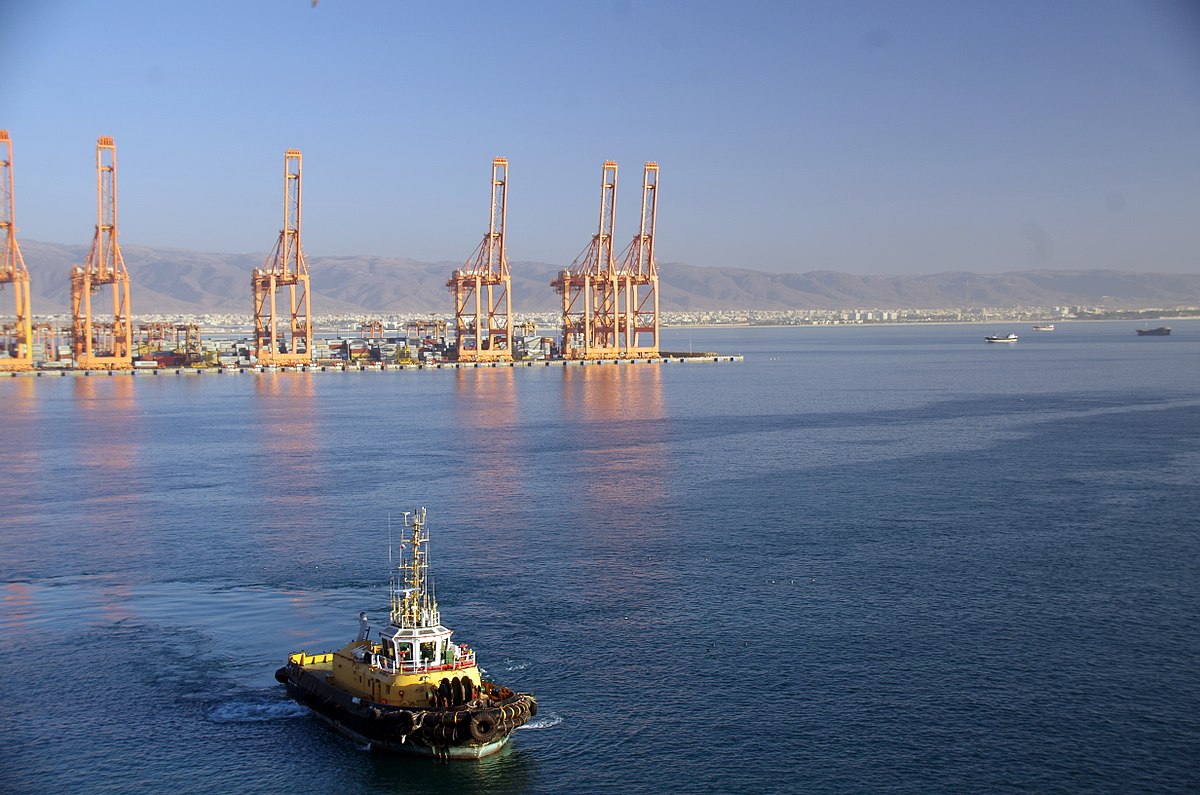
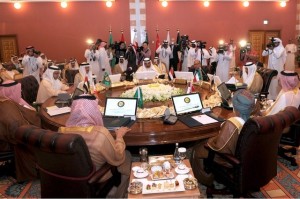
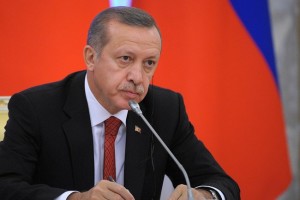
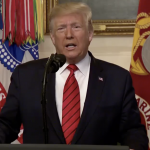
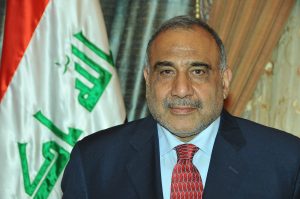
And with the hostile UAE stance, possibly Iran would prefer Oman ports over traditional UAE ones.